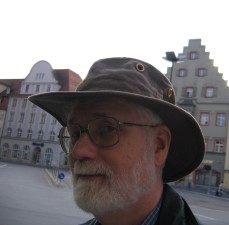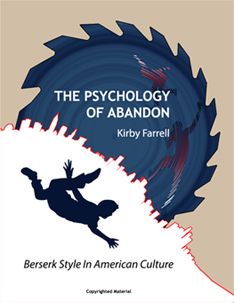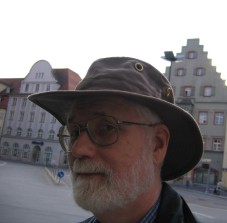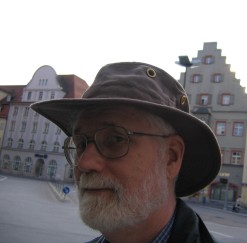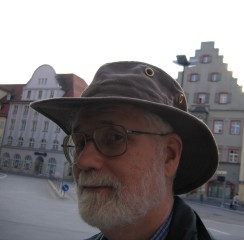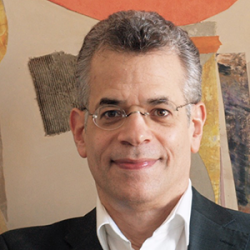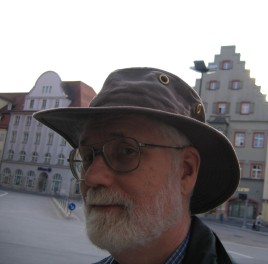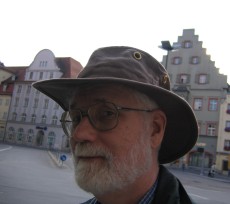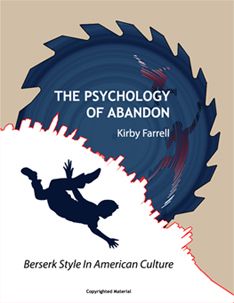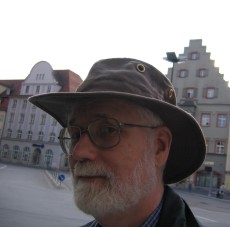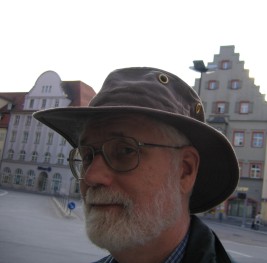
Michael Baumgardner
Of Recent Interest… is the new book The Worm at the Core: On the Role of Death in Life, by Sheldon Solomon, Jeff Greenberg and Tom Pyszczynski (Random House 2015). In his brilliant multidisciplinary synthesis, The Denial of Death (1974), Ernest Becker recognized the overwhelming significance of the impossible paradox that death presents to us and posited that “…the idea of death, the fear of it, haunts the human animal like nothing else; it is a mainspring of human activity”. (DOD, p. ix) The 1973 Pulitzer Prize winner for General Non-Fiction, Becker’s work also inspired a group of social psychologists, the authors of The Worm at the Core, to see if they could use the tools of social psychology to find evidence consistent with Becker’s ideas. If death is indeed a mainspring of human activity, then perhaps experiments inducing a group of people to focus on death could produce measurable behavioral effects consistent with Becker’s ideas. This book presents their formal theory, which they call Terror Management Theory (TMT), based on some of Becker’s ideas on our struggle to cope with the reality of death. This is accompanied by the description and results from an array of experimental studies conducted under TMT, and ending with some general observations on living with death.
The Worm at the Core is written in a very readable format, with “little academic jargon” or “cumbersome technical details”, and with “enlivened accounts” (WC, p. x-xi) of key participants from various experiments. There are plenty of light anecdotes, wit, and colorful, figurative language. The book appears targeted to an audience of undergraduate level or educated lay readers. Many will like this style, though specialists may find the presentation a little too loose for serious scientific discourse (since it can create some ambiguity in terms and weak links in the chain of argument). With those caveats, the book is entertaining and well written, which many readers will appreciate and enjoy.
The central tenants of TMT are that we deal with the fact of death by sustaining “faith in our cultural worldview, which imbues our sense of reality with order, meaning, and permanence” (p.9), which in turn fosters the ability to maintain a “feeling of personal significance commonly known as self-esteem… [that] shield us against rumblings of dread… [and] enables us to believe we are enduring significant beings” (WC, p. 9). This is enough to provide a logical springboard for explaining why bringing death to the forefront of consciousness could drive us to cling even harder to both our worldview and our self-esteem. With these two concepts, the authors claim they have “…formalized Becker’s analysis of the human condition into terror management theory” (WC, p. 211). This, I believe, is very much an overstatement. TMT simply does not get to a sufficient depth to allow a reader to fully appreciate Becker’s complex analysis. The Denial of Death is a magnificent interdisciplinary tapestry of the human condition, brilliantly presented and tying together the thoughts of diverse lay, religious, and scientific luminaries (Rank, Freud, James, Brown, Chesterton, Jung, Perls, Kierkegaard, May, Maslow, Fromm, Tillich, to name just a few). The result is a majestic and compelling picture of the human existential paradox. As just one example with TMT, the absence alone of a thorough integration with psychoanalytic concepts such as anxiety, repression, and transference leads to a greatly restricted picture when compared to Becker. Those well-versed in Becker’s works will easily notice other examples. TMT, as presented in The Worm at the Core, is simply not an adequate substitute for Becker’s analysis; it is much less than a “formalized” presentation of Becker’s analysis. I’ll have more to say about this below.
TMT has generated a lot of research in social psychology (over 500 studies according to the authors) and some of these studies are presented in narrative form throughout the book. On the whole, there is consistent support to demonstrate that a “mortality salience” manipulation (giving death reminders to experimental subjects) does produce behavioral results consistent with protective defense of cultural world views and self-esteem. While details of these studies require access to the sources listed in the references, TMT studies have been widely published in some of the most respected journals of social psychology and the reader can generally have faith in their reliability. In terms of empirical support, the only glitch is a study that finds that mortality salience works as predicted only if we expose people to a short exposure to death reminders and not too long. This led the authors to postulate proximal and distal defenses, which are plausible but also come across as a bit of a post hoc stretch.
On the whole, I am very pleased to see this book published and I hope that it is widely read. Solomon, Greenberg, and Pyszczynski are to be commended for formulating some of Becker’s ideas in a manner that allows for experimental outcomes, and for launching a successful research program that brings these ideas to an audience that may be far removed from Becker’s original works. However, I do have clear reservations as well. I have a real concern that TMT is becoming more or less synonymous with “Ernest Becker’s analysis” in the eyes of the academic community, or at least to those who may read this book. They are not synonymous formulations. At best TMT is an over-simplification. Becker’s work, and especially The Denial of Death, is a timeless masterpiece of tremendous integrated depth. It needs to retain its own identity, and TMT alone is not a surrogate.
Finally, I want to elucidate another point of differentiation I see between Becker and TMT, specifically, concerning conclusions about what death denial means for mankind. The authors conclude that “…we hope that knowing death thoughts instigate a host of unfortunate psychological and behavioral defenses enables you to monitor and alter such reactions ” (WC, p. 225). Becker, in contrast, warns of the man who “buries himself in psychology in the belief that awareness all by itself will be some kind of magical cure for his problems” (DOD, p. 284). It isn’t. Becker concludes The Denial of Death by stating, “There is a driving force behind a mystery that we cannot understand, and it includes more than reason alone. The urge to cosmic heroism, then, is sacred and mysterious and not to be neatly ordered and rationalized by science and secularism” (DOD, p. ix). Becker had no illusions that science has the answers we seek. In his dialog with Sam Keen shortly before his death, Becker concluded that “it is impossible to continue living without massive anxiety” without a power source outside ourselves. “One’s existence is a question which must be answered. And the answer can never come from oneself. A life can only be validated by some kind of ‘beyond’ which explains it and in which it is immersed” (Spectrum of Loneliness, 1974). The direction Becker points us to is ultimately theological rather than scientific. This is absent in TMT and one of the reasons Becker cautioned about science. In fact, Becker’s analysis ultimately ends at a hopeful faith that “beyond this world of accident and contingency and terror and death there is a meaning that redeems” (Psychology Today, 1974).
—————
Michael Baumgardner, Ph.D., is an Experimental Social Psychologist from Ohio State University (1978) where he was a student of Anthony Greenwald, developer of the widely known Implicit-association test. After a post- doctoral year with Dr. Greenwald, Dr. Baumgardner worked with the FDA in Washington, D.C. as a Research Scientist. In 1980, Dr. Baumgardner joined Burke, Inc., applying social science skills to a commercial marketing research setting and teaching those skills to others. After a highly successful 30 years, he retired as President, CEO and Chairman of the Board at Burke. He has been on the Board of the EBF since 2008.

